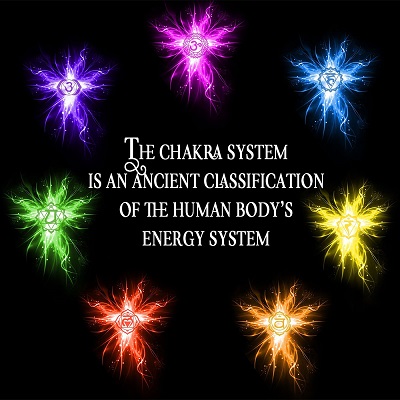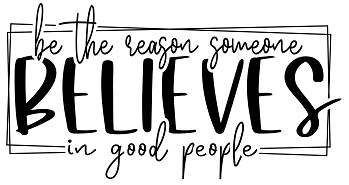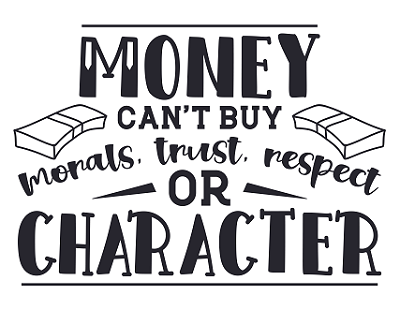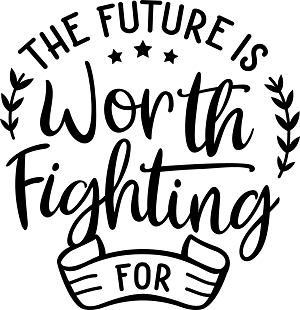 The chakra system is a very ancient observation of the human body’s energy system that began in India and was originally first mentioned in the Vedas, the ancient religious texts in India from 1500 to 1000 BC. Chakra refers to the main energy points in the body.
The chakra system is a very ancient observation of the human body’s energy system that began in India and was originally first mentioned in the Vedas, the ancient religious texts in India from 1500 to 1000 BC. Chakra refers to the main energy points in the body.
In Sanskrit, chakra means wheel or disk. They are believed to be spinning disks of energy found in different centers of the body. Some believe that there are more than 100 chakras (114 to be exact), but there are 7 major chakras that are generally discussed. Each of these 7 chakras has a specific name, represents a certain color and meaning, and governs specific areas of the body.
These 7 chakras run along our spine; from its base up to the crown of the head. Let’s look at each of the chakras more closely and learn what each is all about.
The Root Chakra
The root chakra is also known as Muladhara. It is located at the base of the spine. The root chakra is associated with the color red, and it is said to be responsible for providing a person with a grounding or foundation in life. It supports you with feeling a sense of stability, security, and of feeling grounded both physically and emotionally when it is open and in perfect alignment.
Adversely, a blocked root chakra can manifest as certain physical issues that compromise your grounding such as arthritis, and emotional issues relating to security such as feelings of insecurity emotionally or financially, and a lack of stability in overall wellbeing.
The Sacral Chakra
The sacral chakra is also known as Svadhisthana. This chakra is related to the color orange and is located right below the navel. It governs a person’s sexuality and creative energy. On an emotional level, the sacral chakra is also linked to feelings of self-worth, identity around pleasure, sexuality, how we relate with our own emotions and other people’s feelings, and our overall sense of creativity.
When open and in alignment, the sacral chakra regulates our sense of pleasure and creativity. It helps us enjoy these things to enrich our wellbeing and bring out feelings of abundance, without overdoing pleasure. If unbalanced, symptoms like addiction, obesity, and gluttony can manifest. Physically, it can also cause problems like urinary tract infections and impotency.
The Solar Plexus Chakra
The solar plexus chakra is also known as Manipura. It is located in the stomach area and is associated with the color yellow. Manipura also means “lustrous gem.” The solar plexus chakra is the origin of a person’s sense of identity, self-confidence, and self-esteem. When this chakra is balanced, feeling in control of your life and decisiveness is evident. If blocked, this may leave you with feelings of self-doubt and feelings of shame.
The Heart Chakra
The heart chakra is also known as Anahata. Its location is very near the heart, right in the center of the chest. Green is its associated color, and this chakra guides our ability to love and feel compassion. It is also responsible for feelings of inner peace and joy. A person with an open heart chakra is easily capable of experiencing empathy, and a blocked heart chakra can make it difficult for someone to open up to others.
The Throat Chakra
The throat chakra is also known as Vishuddha. This chakra is located in the throat and its related color is light blue or turquoise. The throat chakra is linked with our ability to express ourselves and communicate our personal power. It gives the heart chakra a voice and allows us to express our truth verbally and clearly.
When this chakra is open and balanced, communicating with kindness, love, and compassion is easy for you. You will have tact and whatever you say often influences and inspires others. When this is blocked, expressing yourself verbally may be a challenge for you. You either may not know what to say or tend to interrupt others when they’re talking.
The Third Eye Chakra
The third eye chakra is also known as Ajna. This is located in between the eyes or the eyebrows and is associated with the color indigo. The third eye chakra is mainly responsible for our sense of intuition and is also closely linked to a person’s imagination.
It opens up our mind to wisdom and information beyond the five senses and at the same time, it also rules the power to imagine and to bring up new realities into our lives. When balanced and open, this chakra helps us to receive and register psychic information as much as sensory information, but it will not be overwhelming.
The Crown Chakra
The 7th chakra is the highest level chakra, also known as the Sahasrara or the crown chakra. This chakra is associated with violet or white, and it is located above the head. The crown chakra rules our connection with our higher self. It is the realm of the soul and connects us to our life’s purpose.
An open crown chakra gives a person access to higher wisdom or consciousness as the crown chakra is also known as the chakra of enlightenment. A blocked crown chakra may manifest in being stubborn, skeptical, or being narrow-minded.





